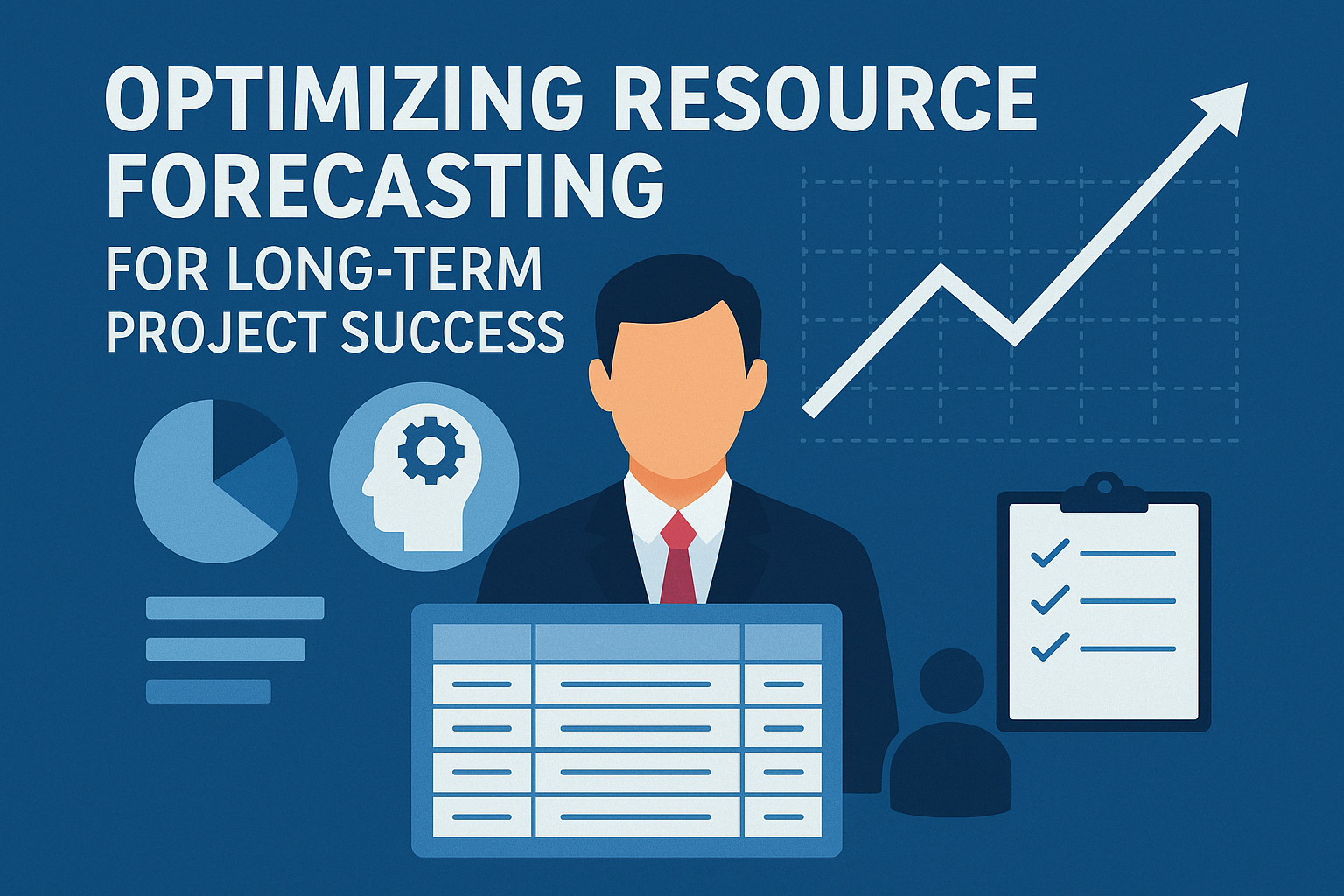Effective resource allocation is critical for project success, yet even the most experienced project managers face resource bottlenecks. A bottleneck occurs when demands on a resource exceed its capacity, leading to delays and inefficiencies. To mitigate these challenges, PPMO practitioners and project managers must adopt proactive strategies to identify and address bottlenecks before they disrupt project delivery.
Identifying Resource Bottlenecks
Early detection is key. Utilize project management tools to monitor resource capacity and demand. According to PMI’s Pulse of the Profession 2023, 27% of projects fail due to poor resource management. Tracking resource utilization rates can reveal overextended teams or underutilized assets.
For instance, heat maps in resource management software like Smartsheet or Monday.com can help visualize workload distribution. Regular audits of resource allocation data ensure teams remain agile and can pivot as priorities shift.
Prioritization and Task Realignment
When bottlenecks arise, prioritizing tasks becomes essential. Focus on high-impact activities and redistribute less critical tasks to alleviate pressure. As renowned strategist Michael Porter suggests, “The essence of strategy is choosing what not to do.” Applying this principle to resource management can free up constrained resources for mission-critical tasks.
Establishing clear prioritization criteria aligns project goals with organizational strategy. For example, a scoring matrix can help evaluate task importance against factors like deadlines, dependencies, and value to stakeholders.
Building Resource Flexibility
Cross-training team members can reduce reliance on a single resource, a concept supported by research from Gartner. Their 2022 report on workforce agility noted that organizations with flexible teams experienced 30% fewer delays. By broadening skill sets across your workforce, you empower team members to fill gaps when bottlenecks emerge.
Another tactic is leveraging contingent labor or outsourcing specific tasks to address temporary capacity constraints. Cloud-based collaboration tools make onboarding external contributors seamless, ensuring consistent delivery without overloading core teams.
Leveraging Automation and AI
Automation can eliminate repetitive tasks and optimize resource utilization. Tools like Asana or Wrike integrate AI-driven insights to predict bottlenecks and recommend adjustments. Deloitte’s Global Human Capital Trends 2023 highlighted that 61% of organizations using AI saw improvements in efficiency and resource management.
Automating routine administrative tasks, such as time tracking or progress reporting, allows team members to focus on higher-value activities, effectively reducing resource strain.
Transparent Communication and Collaboration
Finally, transparent communication across stakeholders ensures everyone understands resource constraints and trade-offs. Collaborative tools like Microsoft Teams or Slack foster real-time updates, promoting accountability and teamwork.
A Harvard Business Review study by Beer and Eisenstat emphasized that open dialogue about challenges improves problem-solving. By incorporating regular check-ins to review resource status, leaders can ensure alignment across teams and avoid project derailments.
Conclusion
Resource bottlenecks can impede even the most well-planned projects. However, with a combination of proactive identification, strategic prioritization, flexible resourcing, and technology-driven solutions, project managers can minimize disruptions and enhance efficiency. By addressing these challenges head-on, organizations can achieve a more balanced workload, leading to improved project outcomes and overall business success.
References
Pulse of the Profession 2023 | Project Management Institute | 2023
Global Human Capital Trends 2023 | Deloitte Insights | 2023
“Workforce Agility Drives Project Success” | Gartner Research | 2022
“Cracking the Code of Change” | Michael Beer & Nitin Nohria | Harvard Business Review | 2021
“The Essence of Strategy is Choosing What Not to Do” | Michael Porter | 1996




